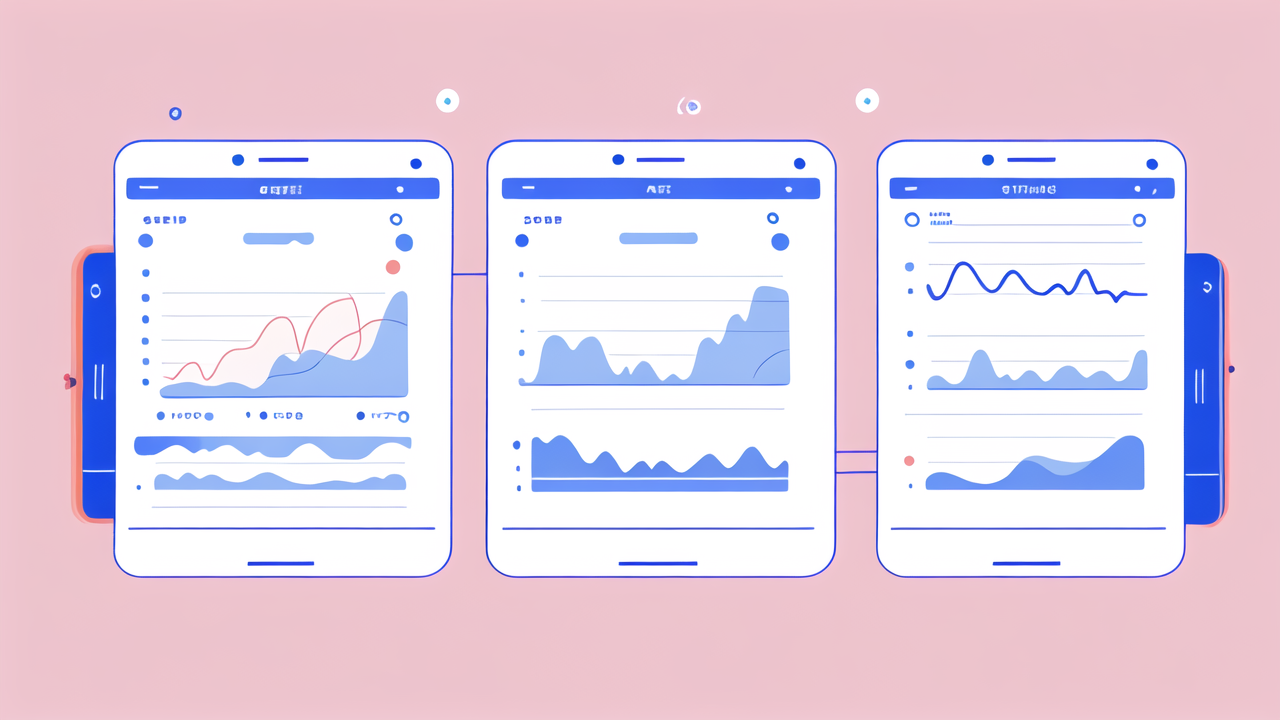Understanding the Importance of Activity Tracking for Personal Wellness
The Role of Wearable Devices in Monitoring Daily Activity
Wearable devices play a crucial role in monitoring daily activity. They track steps, heart rate, and calories burned. These devices provide real-time data on your physical activity levels. They can motivate you to move more and be more active.

Smart watches and fitness trackers are the most common wearable devices. They offer features like GPS tracking and sleep monitoring. Some even provide stress level measurements. By wearing these devices, you can gain insights into your daily habits.
These insights can help you make healthier choices. You might decide to take the stairs instead of the elevator. Or you might choose to go for a walk during your lunch break. Wearable devices make it easy to set and track fitness goals.
How Body Measurement Trackers Can Complement Smart Watch Data
Body measurement trackers add another layer to your health data. They work well with smart watch information. These devices measure things like weight, body fat percentage, and muscle mass. Some even track hydration levels and bone density.
When combined with smart watch data, you get a fuller picture of your health. For example, your smart watch might show increased activity. Your body measurement tracker could then show changes in muscle mass or body fat.
This combined data helps you understand how your efforts affect your body. It can show if your fitness routine is working. It can also highlight areas where you might need to make changes. This comprehensive view can be very motivating.
Choosing the Right Activity Tracker for Your Lifestyle
Smart Watches vs. Dedicated Fitness Trackers: Pros and Cons
Smart watches and fitness trackers each have their own strengths. Smart watches offer more features. They can display notifications, make calls, and run apps. However, they often have shorter battery life. They can also be more expensive.

Fitness trackers focus mainly on health data. They usually have longer battery life. They're often more affordable too. But they lack the extra features of smart watches. They might not have screens or may have limited displays.
Choose based on your needs. If you want a device for fitness only, a tracker might be best. If you want more features, a smart watch could be the right choice. Consider factors like battery life, water resistance, and compatibility with your phone.
Key Features to Look for in an Activity Tracker
When choosing an activity tracker, consider these key features:
- Heart rate monitoring
- GPS tracking
- Sleep tracking
- Water resistance
- Battery life
- Compatibility with your smartphone
- User-friendly app interface
Look for a device that tracks the activities you do most. If you swim, make sure it's waterproof. If you hike, GPS is important. Consider the battery life too. Some devices need charging daily, others can last a week or more.
Check if the tracker syncs with apps you already use. This makes it easier to keep all your data in one place. Also, look at the app that comes with the tracker. It should be easy to use and understand.
Best Practices for Implementing Tracking Technology
Integrating Multiple Tracking Systems for Comprehensive Health Monitoring
Using multiple tracking systems can give you a more complete view of your health. Here's how to integrate them:

- Choose compatible devices: Make sure your smart watch and body tracker can sync data.
- Use a central app: Find an app that can collect data from all your devices.
- Set up automatic syncing: Configure your devices to share data automatically.
- Review data regularly: Look at your combined data weekly or monthly.
- Look for patterns: See how activity levels affect other health metrics.
- Adjust goals: Use the comprehensive data to set and adjust your health goals.
Integrating systems allows you to see connections. You might notice how your sleep affects your activity level. Or how your diet impacts your body composition. This can help you make more informed decisions about your health.
Tips for Maintaining Accurate and Motivating Tracking Data
To keep your tracking data accurate and motivating, follow these tips:
- Wear your devices consistently: Put them on at the same time each day.
- Keep devices charged: A dead battery means missed data.
- Update software regularly: This ensures you have the latest features and fixes.
- Calibrate devices: Follow manufacturer instructions to keep measurements accurate.
- Set realistic goals: Start small and gradually increase your targets.
- Celebrate small wins: Acknowledge progress, no matter how small.
- Share your progress: Use social features to stay accountable and motivated.
- Don't obsess over daily fluctuations: Focus on long-term trends.
Remember, tracking is a tool to help you, not stress you. Use the data to make positive changes. But don't let it rule your life. Balance is key in both fitness and tracking. Enjoy the process of becoming healthier, and let your trackers guide you along the way.




Leave a comment
This site is protected by hCaptcha and the hCaptcha Privacy Policy and Terms of Service apply.